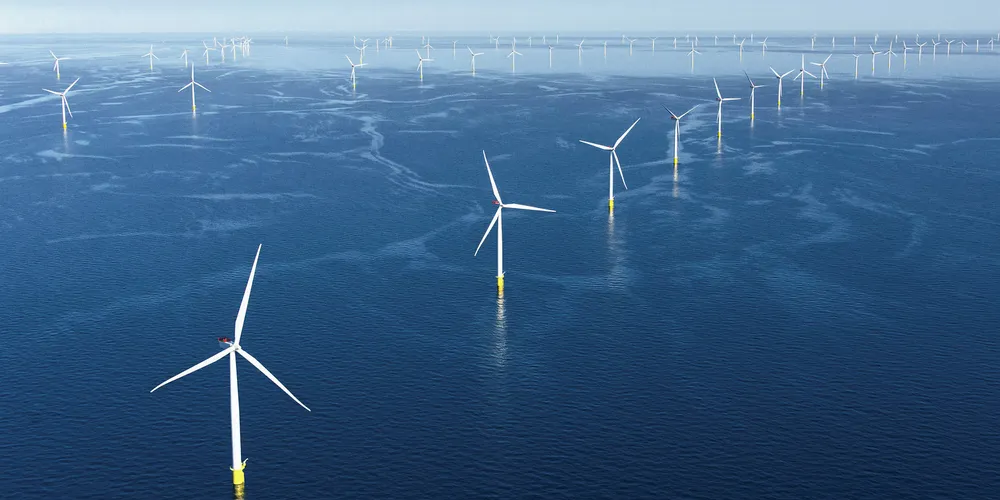Berlin mulls 'German electrolysers' across EU to meet vast green hydrogen needs from offshore wind
Government eyes up to 5GW in ‘German electrolyser capacity’ to be built in the North and Baltic Seas or further afield

Government eyes up to 5GW in ‘German electrolyser capacity’ to be built in the North and Baltic Seas or further afield
